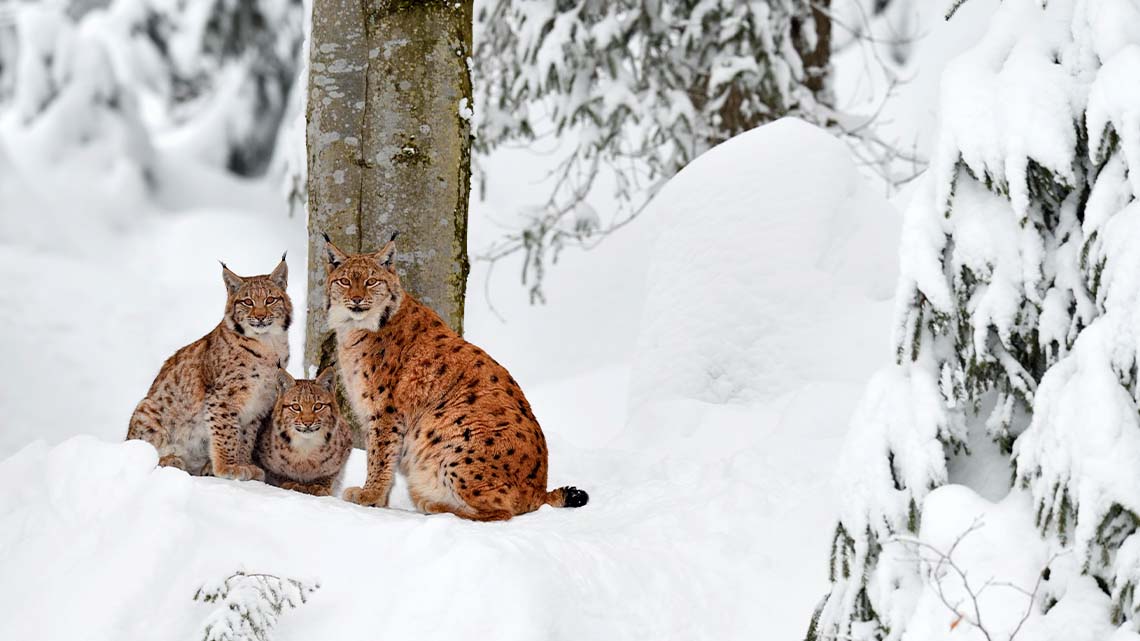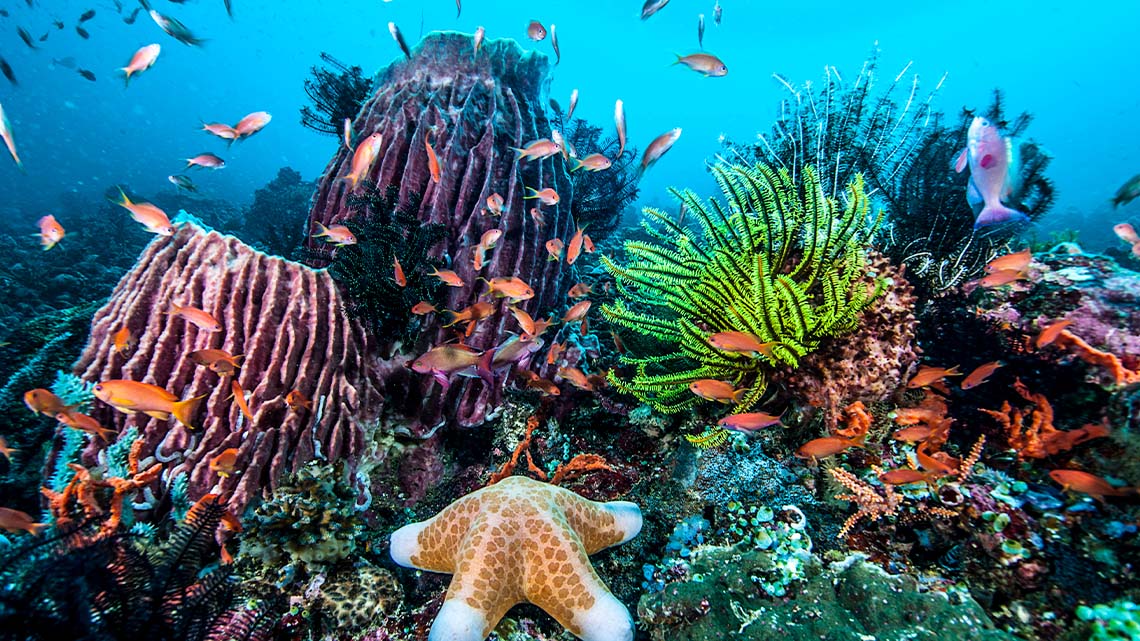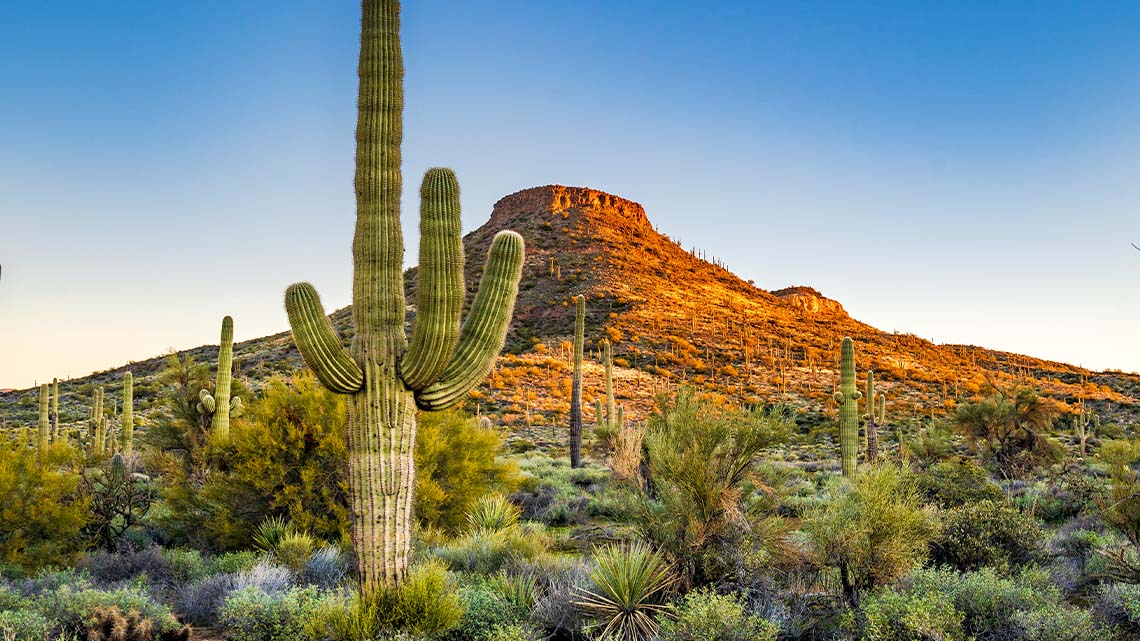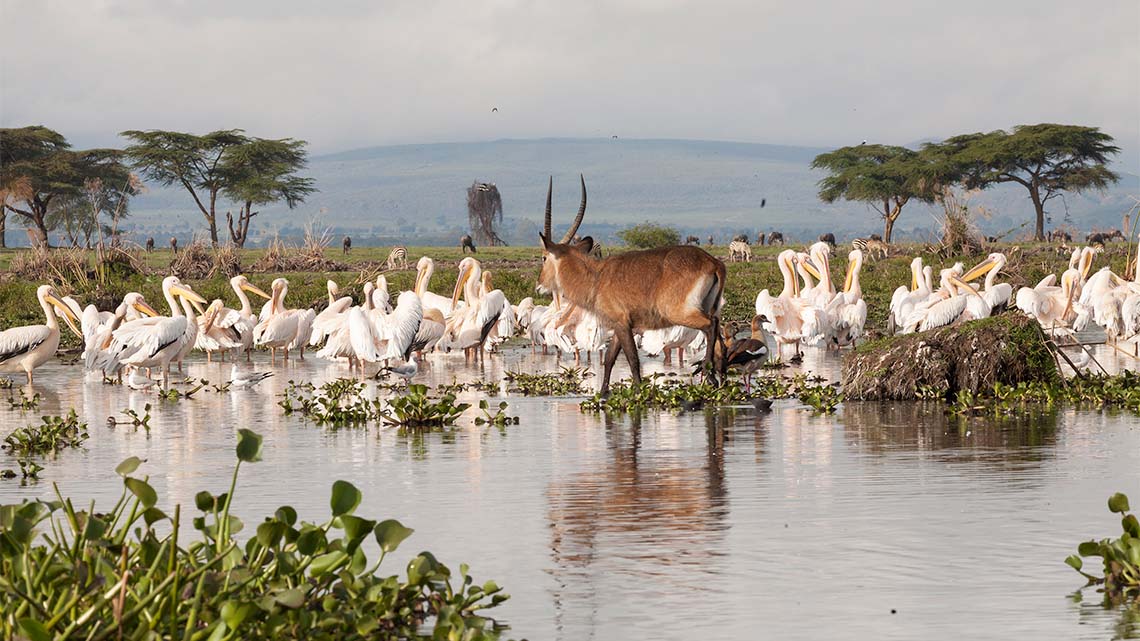Minds On
What is a habitat?
Explore the following carousel of animals and plants. As you explore, notice the animal or plant’s surroundings, the different living or non-living factors, and any sources of basic needs like food, light, and shelter.
Record what you notice using a method of your choice.
In all of these images, the different factors that make up the surroundings are all part of that animal or plant’s habitat.
A habitat is the place where an organism (plant or animal) lives. A habitat provides an organism with the food, water, shelter, and space that it needs to survive.
Ontario Science Curriculum, Grades 1-8 (2007).
Review the previous carousel again then answer the following questions:
- What examples of food did you notice?
- What examples of shelter did you notice?
- What examples of water did you notice?
- What examples of space did you notice?
Record your responses using method of your choice.
Press ‘Hint’ to access some possible examples of these important parts of a habitat.
1. |
The cactus gets energy from the sun. |
2. |
The lynx shelters by the rocks and in the woods. |
3. |
The antelope drinks water and grazes on floating vegetation. |
4. |
The coral has the space it needs to survive in the reef. |
Action
Eating habits
All of the species that interact within a common habitat can be considered a community. A community’s ability to thrive and survive within that shared space depends on the habitat providing certain necessities like shelter, space, food, and light.
Explore the following video clip entitled “What is a Habitat?” to learn more about how habitats provide food for their communities.
In the previous video, Ranger Zak described how animals in a habitat community can be classified according to their diets.
- What are the three types of animal diets that were described?
Press ‘Hint’ to access the answer.
The three types of animal diets are herbivores, carnivores, and omnivores.
Each animal follows a specific diet that makes them a herbivore, carnivore, or omnivore.
Press the following tabs to access a description of each type of animal diet and examples of animals who follow them.
Herbivores are animals that eat only plants. Explore the following images of herbivores from around the world.
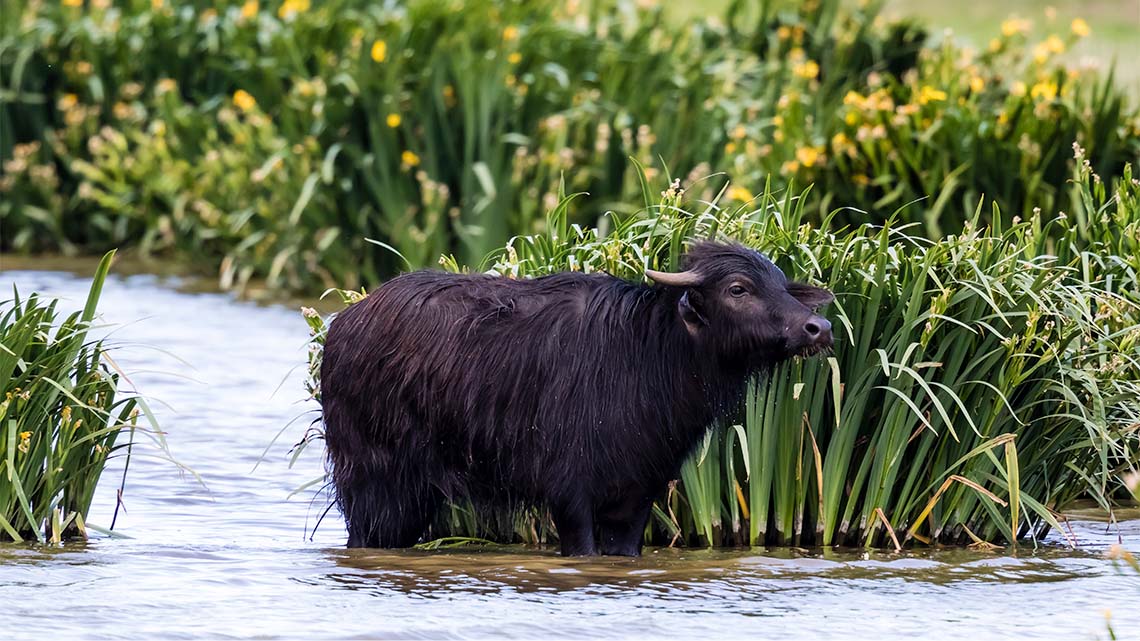
A water buffalo in Aiguamolls del Empordà Nature Park, Girona, Spain. Water buffalo can graze on reeds.
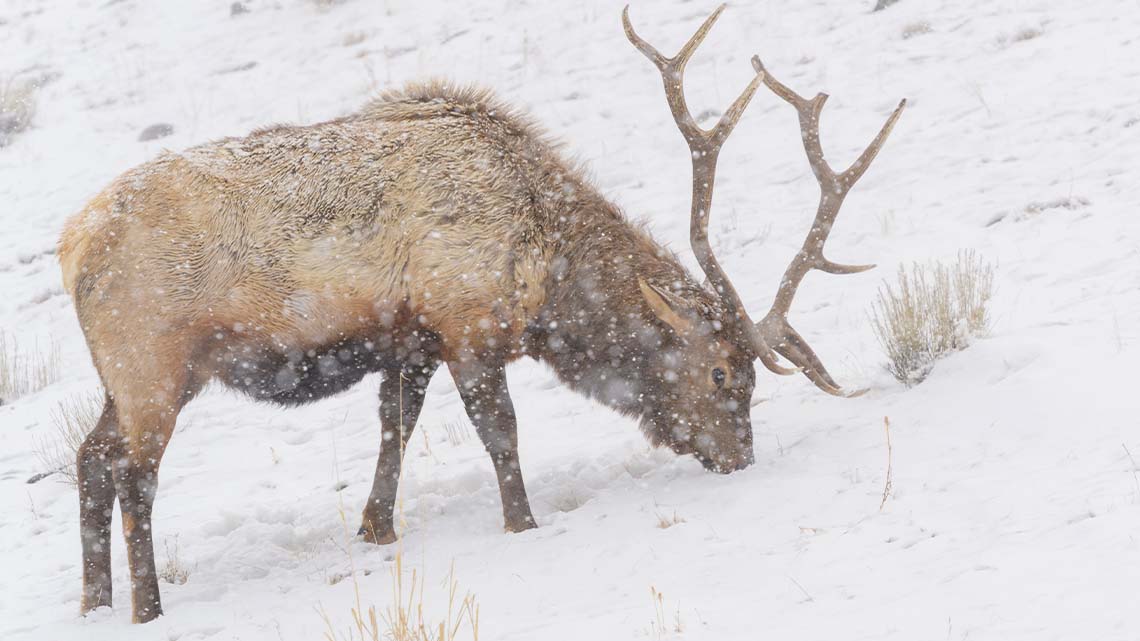
An elk in Yellowstone National Park, Wyoming, USA. Elk feed on limited grass supplies during a blizzard.
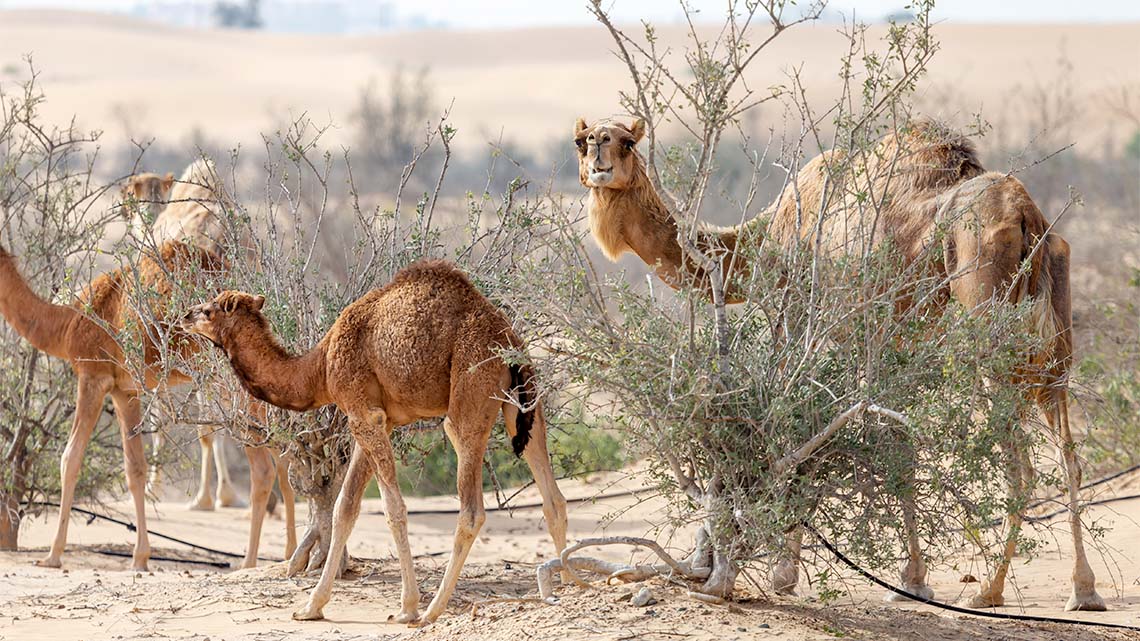
Camels in Al Ain, United Arab Emirates. Camels can graze on grasses or eat leaves off desert trees.
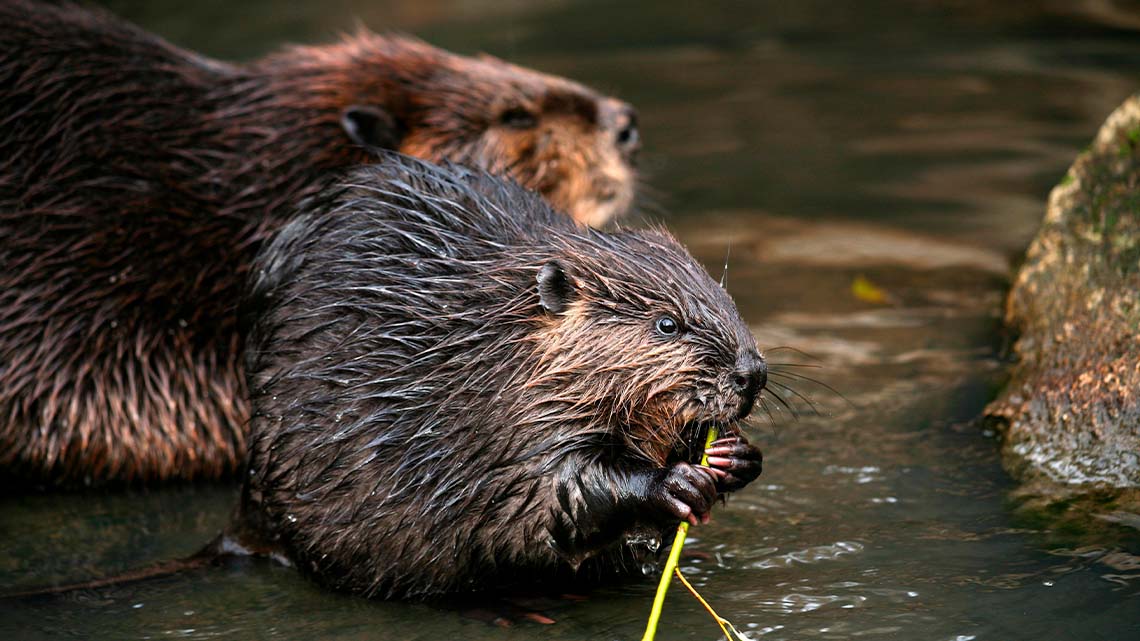
A beaver in Baden-Wuerttemberg, Germany. Beavers have a simple diet that consists of leaves, branches, and stems of wood.
Carnivores are animals who only eat other animals. Explore the following images of carnivores from around the world.
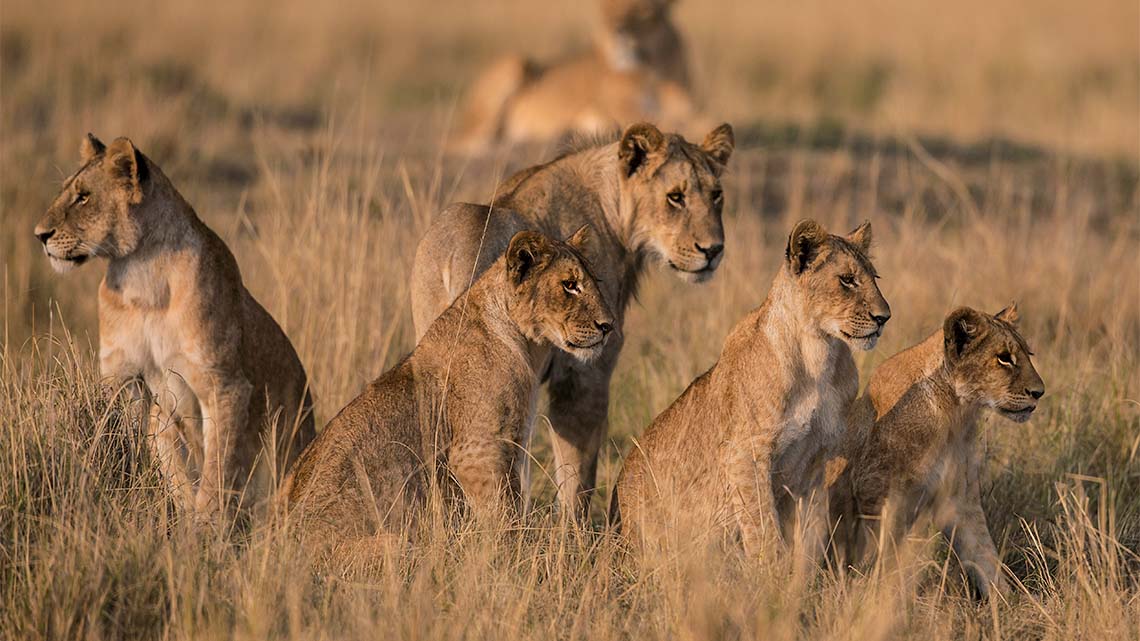
Lions in Masai Mara National Reserve, Kenya. Like all species of big cats, Lions feed on smaller animals.
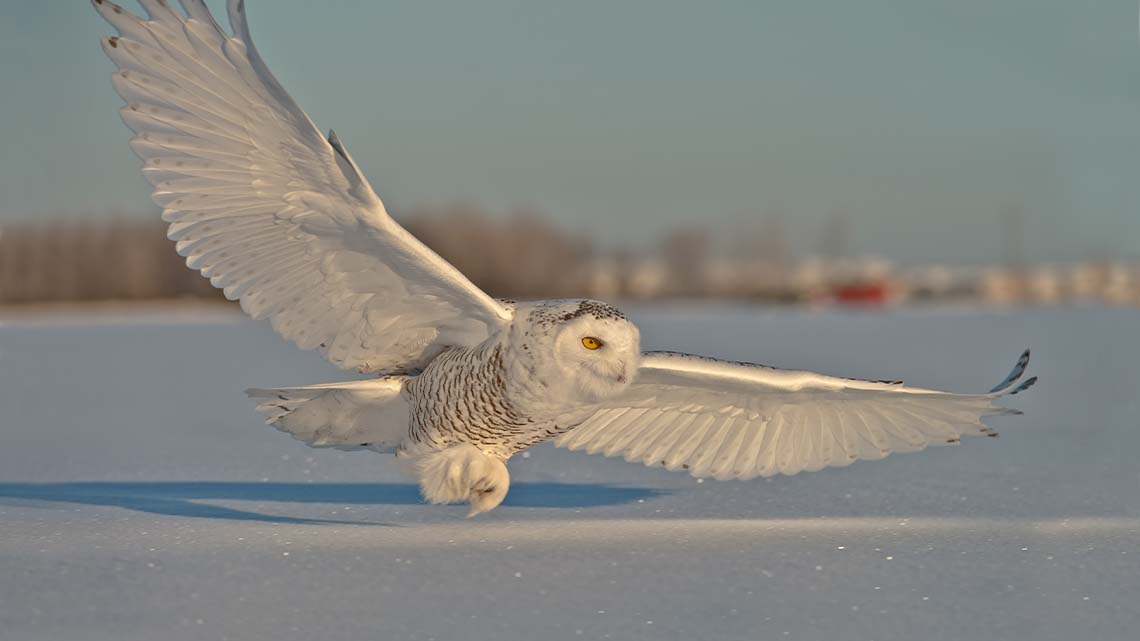
A snowy owl in Ottawa, Ontario. Snowy owls are predatory birds who typically feed on rodents like lemmings and other small mammals.
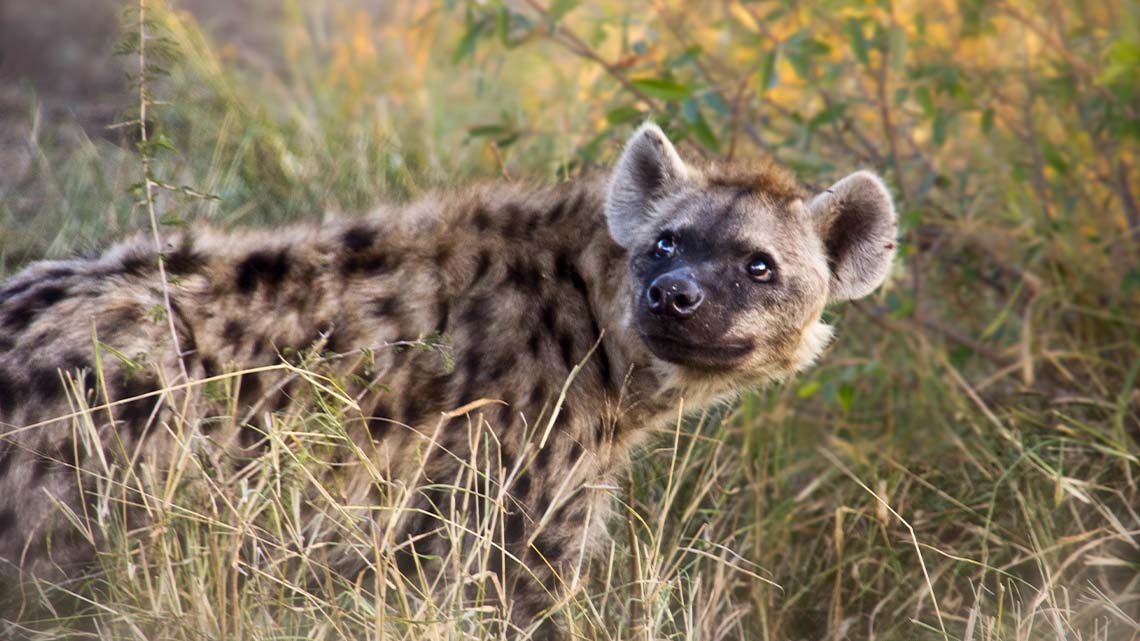
A hyena in Timbavati Nature Preserve, South Africa. Hyenas either feed on the leftovers from other carnivores or hunt mid-sized mammals like antelopes.
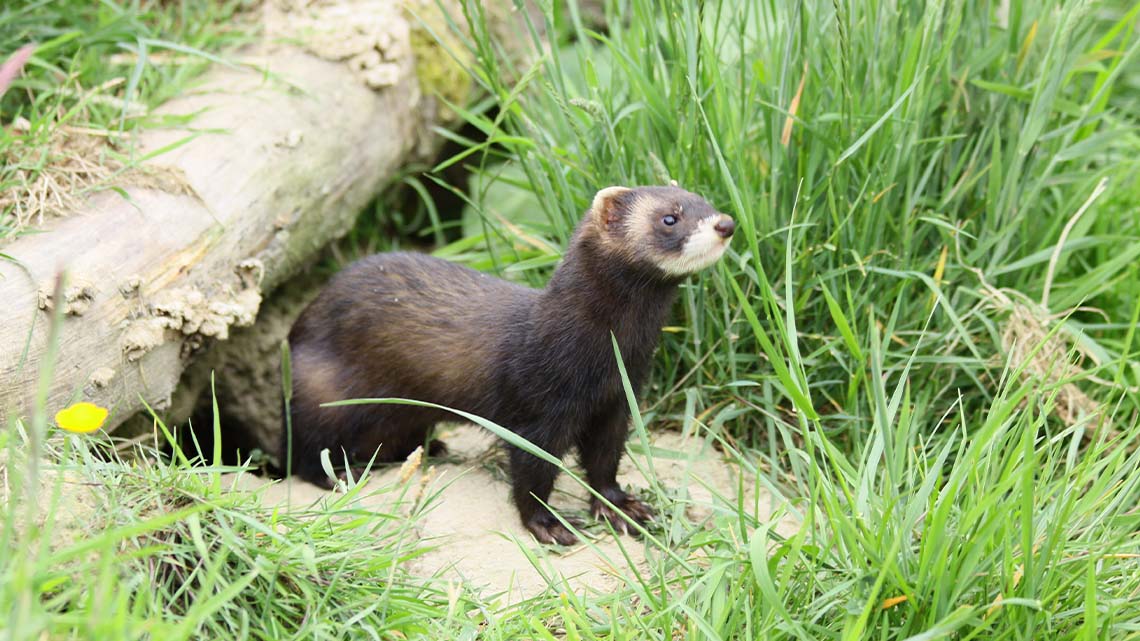
A ferret in the British Wildlife Centre, Surrey, United Kingdom. In the wild, ferrets are carnivores who feed on small or similarly-sized mammals.
Omnivores are animals who have a diet of both plants and meat. Explore the following images of omnivores from around the world.
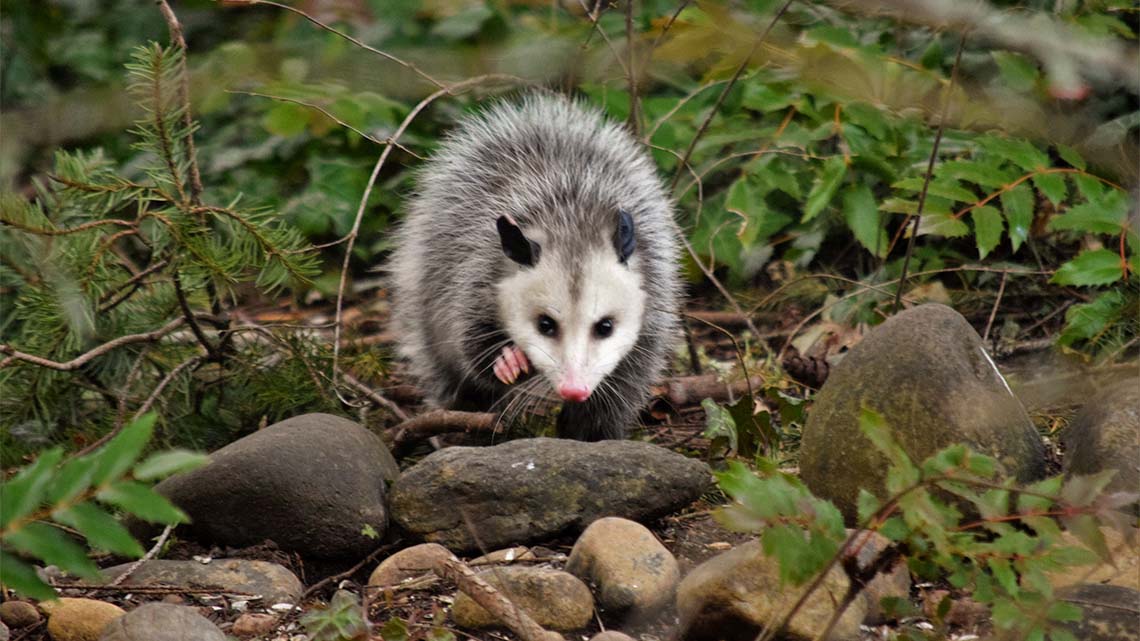
An opossum in Tacoma, United States of America. Opossums eat a large amount of plant matter as part of their diet, but also rely on eating insects and other small animals.
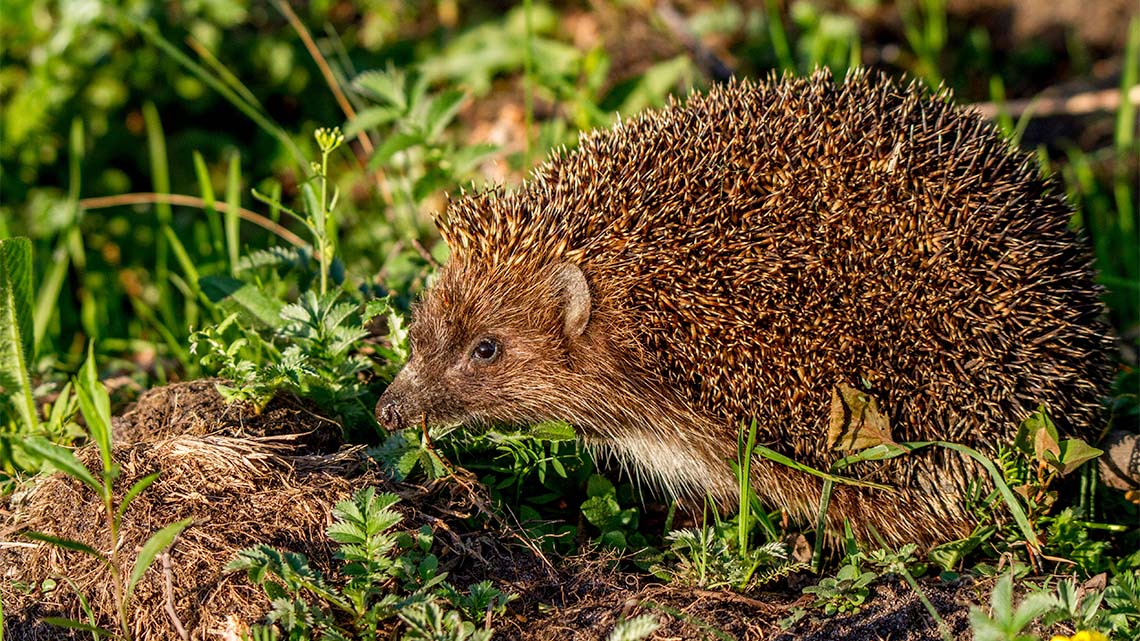
A hedgehog in Poland. Hedgehogs have a varied diet in the wild, feeding on living things like insects and small fruits or mushrooms.
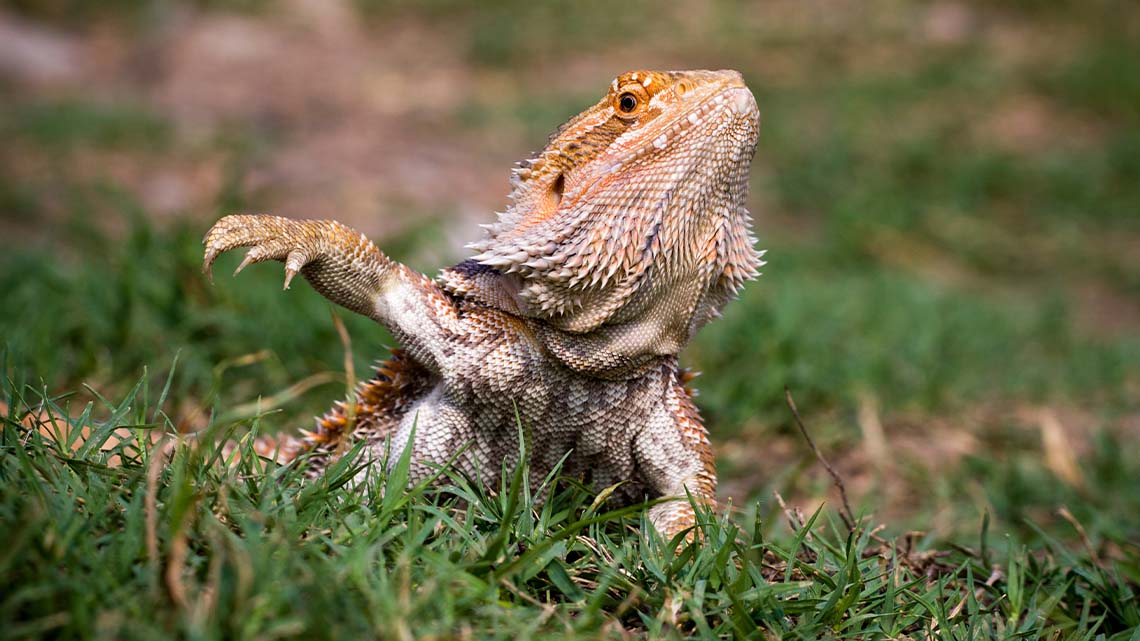
A bearded dragon in Indonesia. Lizards like the bearded dragon and certain species of skinks feed on a range of plants and animals.
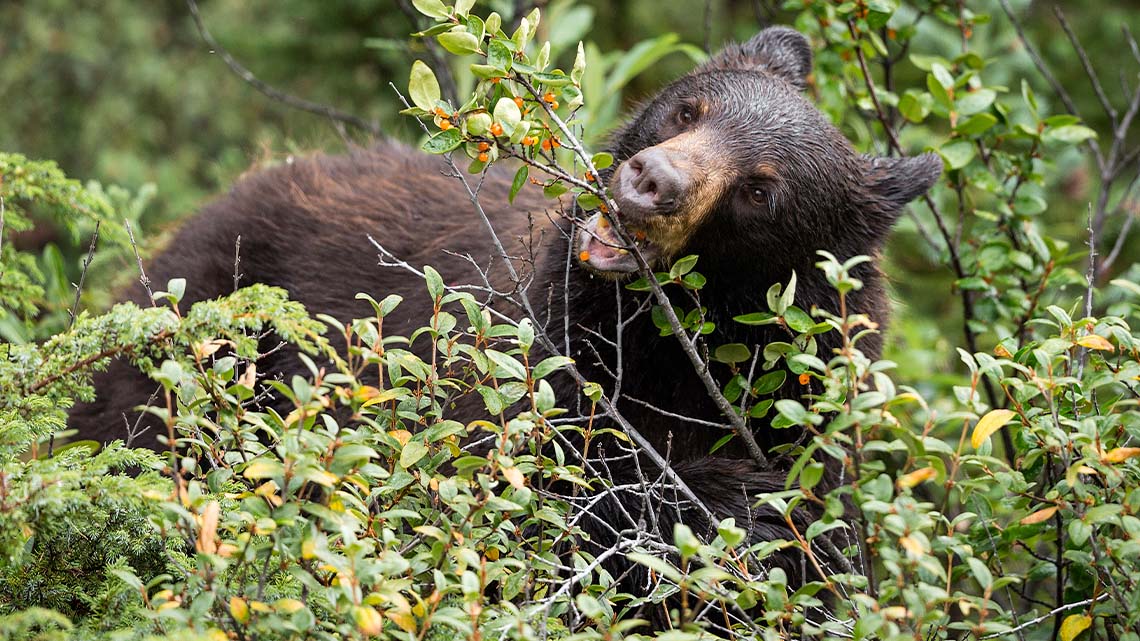
A black bear in Alberta, Canada. Black bears have a varied diet of fruits, insects, small to mid-sized mammals.
Global connection
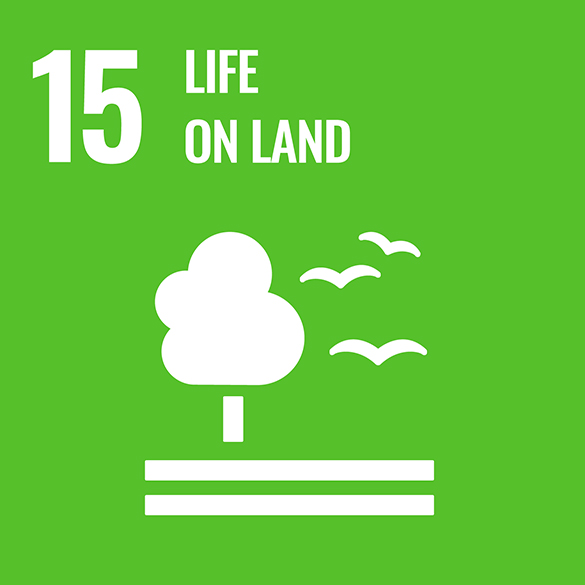
The United Nations (UN) is a group of many countries from around the world that have come together to create a better future for people and the environment. They have created 17 goals called the Sustainable Development Goals.
This learning activity is connected to Goal #15: Life on Land. This means everyone should help protect earth’s ecosystem. An ecosystem is an area where plants and animals interact with non-living things like soil or water.
Natural habitats around the world
There are many different types of natural habitats on planet Earth. Habitats are natural homes or environments where organisms like plants and animals live, and the examples of animals you explored all belong to different habitats.
Take a moment to identify the different natural habitats on our planet.
For each habitat, select the corresponding image.
You may have noticed certain differences between the different habitats in the previous matching activity. Each of the seven examples of global habitats explored offer food for its various animal communities and their different diets.
Habitats and animal diets
Press the following tabs to access examples of different animal diets in various habitats.
Forest habitats are the homes of herbivores like rabbits, deer, and mice; carnivores like lynx, eagles, and ferrets; and omnivores like black bears, skunks, and foxes.
Marine habitats are home to herbivores like green sea turtles, parrotfish, and sea urchin; carnivores like sharks, sea lions and orcas; and omnivores like crabs, bonnethead sharks, and manatees.
Desert habitats provide for herbivores like desert tortoises, quail, and camels; carnivores like the striped hyena, desert foxes, and rattlesnakes; and omnivores like ravens, coyotes, and nocturnal lizards.
Rainforest habitats are home to herbivores like sloths, rats, and howler monkeys; carnivores like jaguar, anacondas, and harpy eagles; and omnivores like bats, chimpanzees, and different species of pigs.
Arctic habitats house herbivores like reindeer and elk, muskox, and lemmings; carnivores like snowy owls, arctic wolves, and wolverines; and omnivores like polar bears, arctic hares, and ravens.
Wetlands are home to herbivores like moose, beavers, and ducks; carnivores like snapping turtles, hawks, and alligators; and omnivores like painted turtles, worms, and crayfish.
Grassland habitats provide support to herbivores like bison, antelopes, and rhinoceroses; carnivores like cheetahs, lions, and red-tailed hawks; and omnivores like prairie dogs, emu, and coyote.
Scientific research process
Throughout your learning on animal diets and types of habitats, you have been engaging with aspects of the Scientific Research Process. In particular, you have interacted with the Learn step of the process, and following this next knowledge check, you will explore aspects of the Record and Share steps.
Check out this video to learn about the steps of the Scientific Research Process.
Check your understanding!
Consolidation
Creating a habitat diagram
Think back to our exploration of habitats around the world, the communities of interacting species that they provide for, and the differences in animal diets that can be supported within these common spaces.
You are now going to create a representation of a habitat. Use the following checklist to help you create your habitat.
Habitat checklist
Press ‘Example’ to explore one possible way of creating a habitat diagram.

An image of a habitat diagram. The image contains a Bat (omnivore), an Anaconda (carnivore), a Chimpanzee (omnivore), a Jaguar (carnivore), a Sloth (herbivore) and a Howler monkey (omnivore)
Reflection
As you read through these descriptions, which sentence best describes how you are feeling about your understanding of this learning activity? Press the button that is beside this sentence.
I feel…
Now, record your ideas using a voice recorder, speech-to-text, or writing tool.
